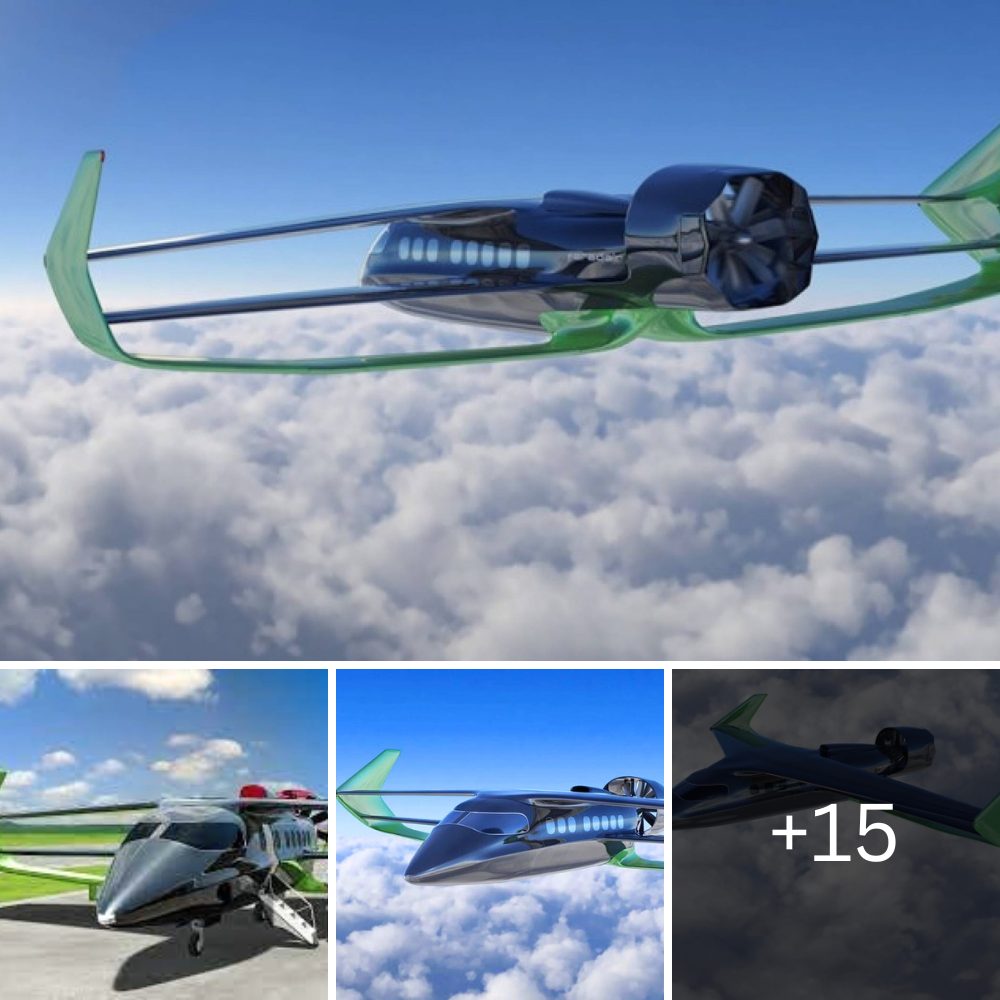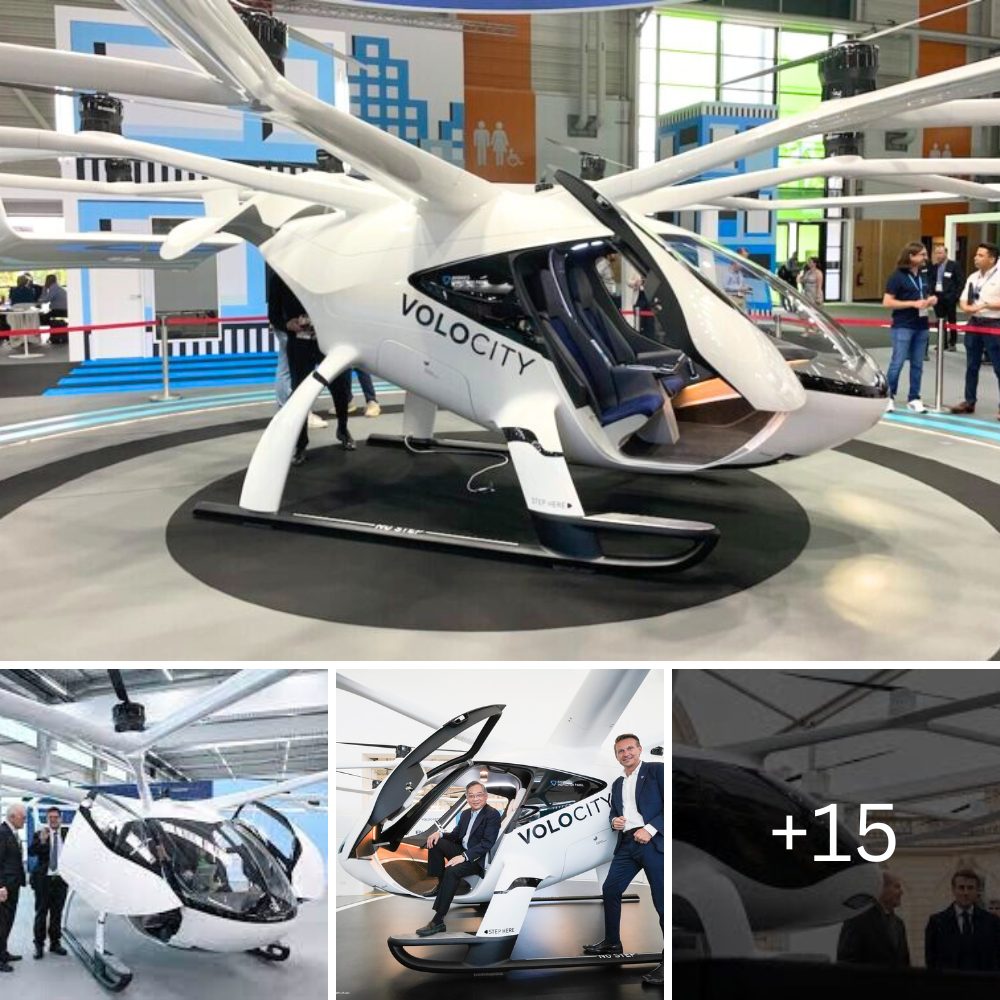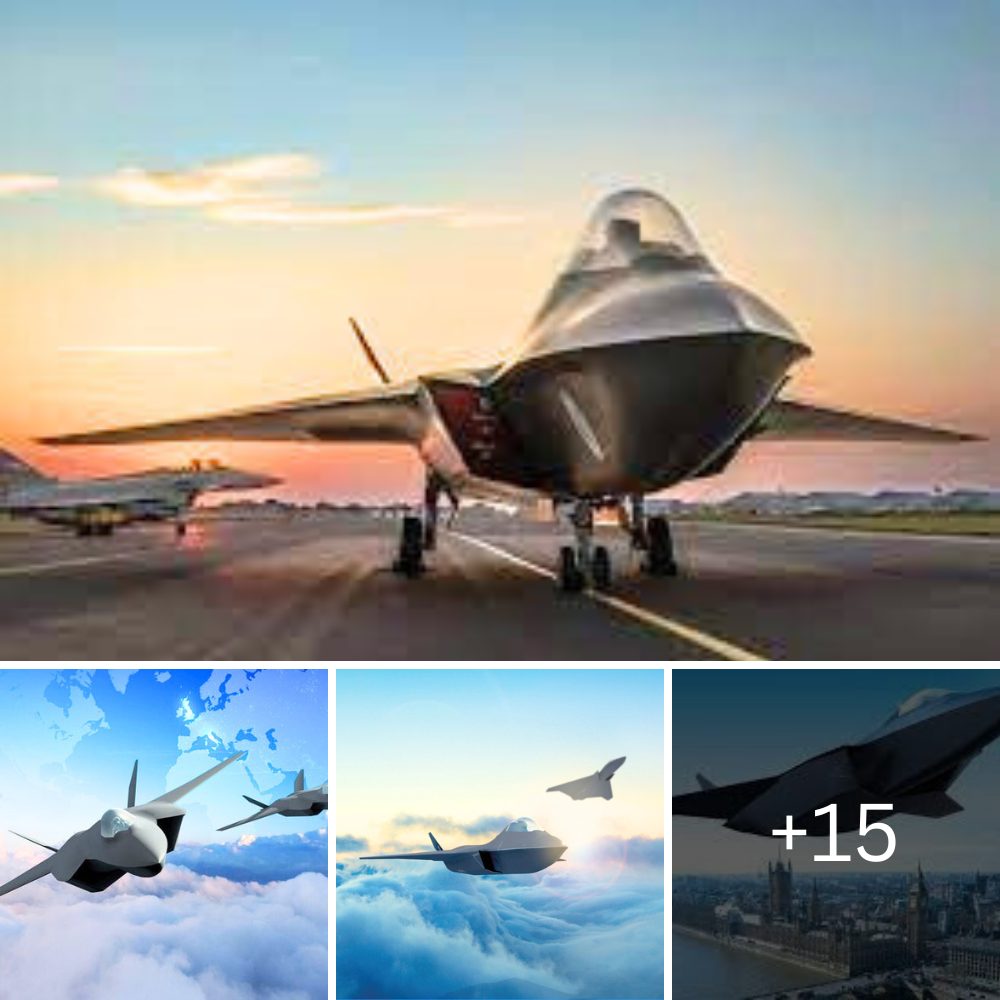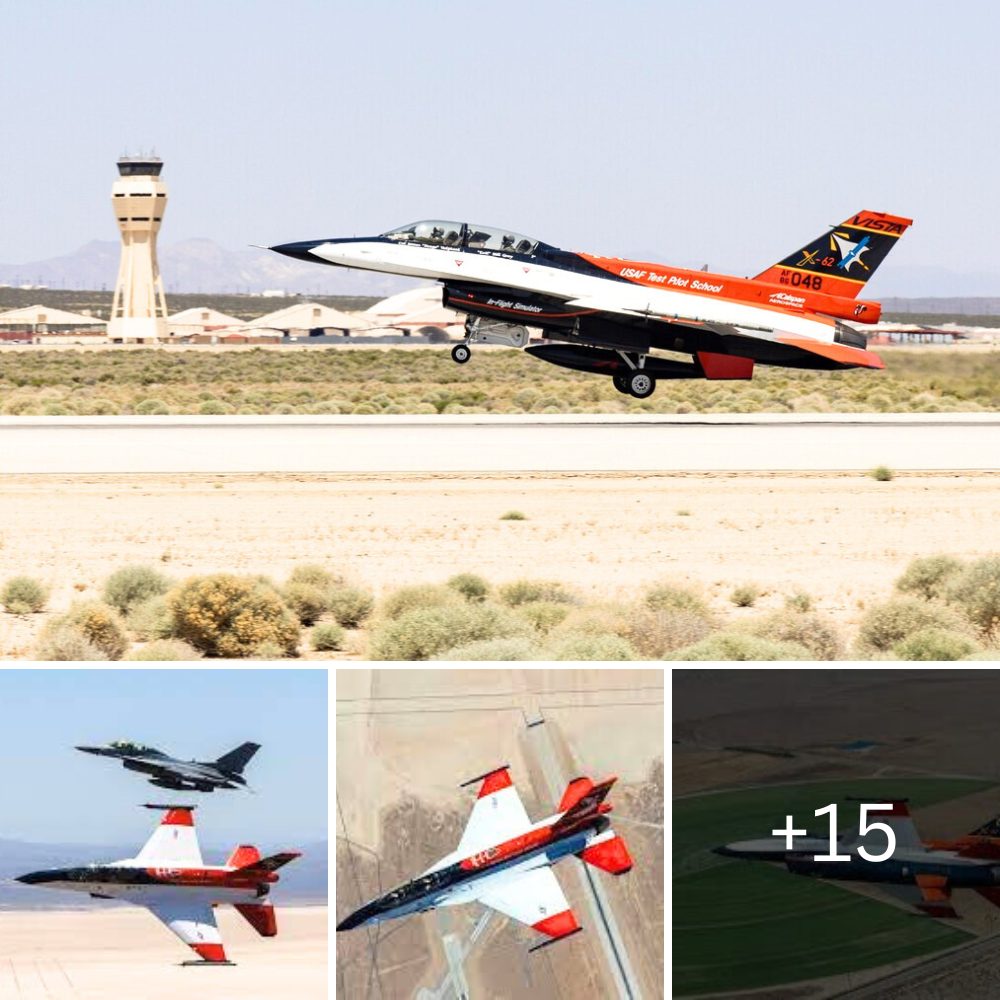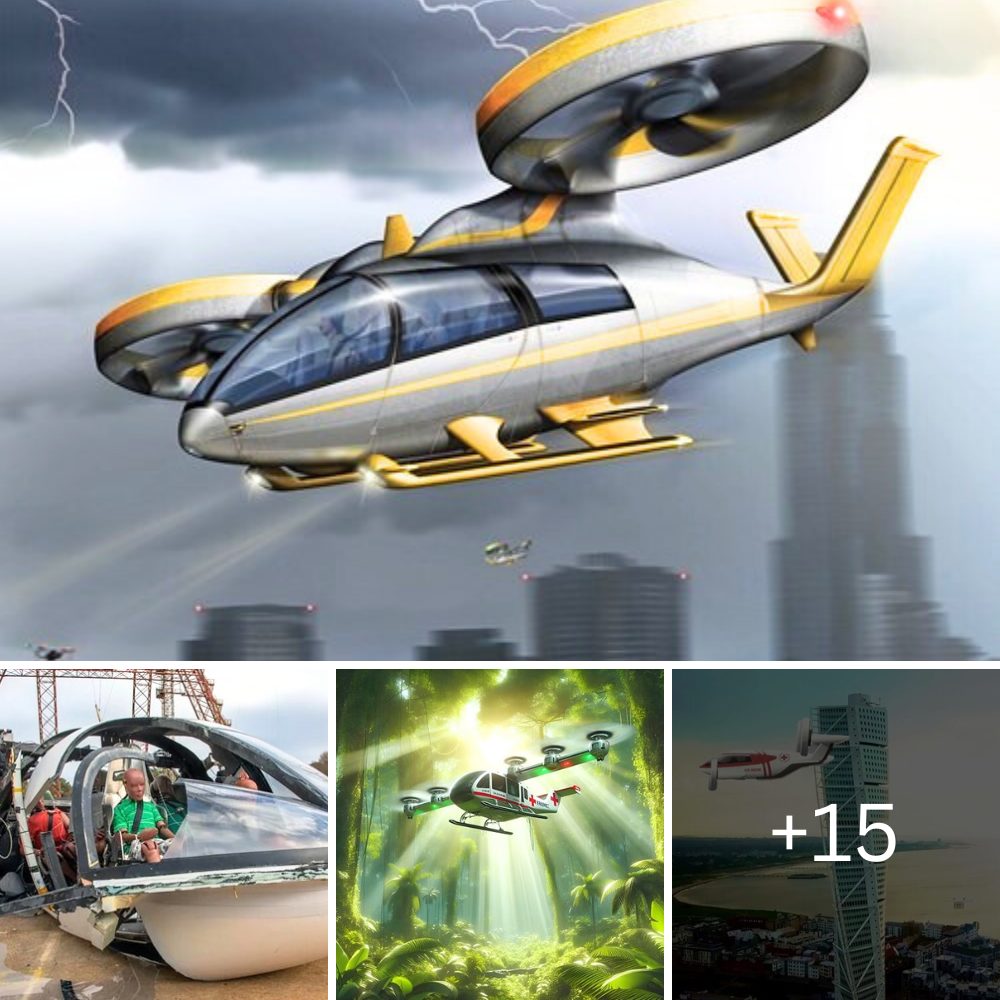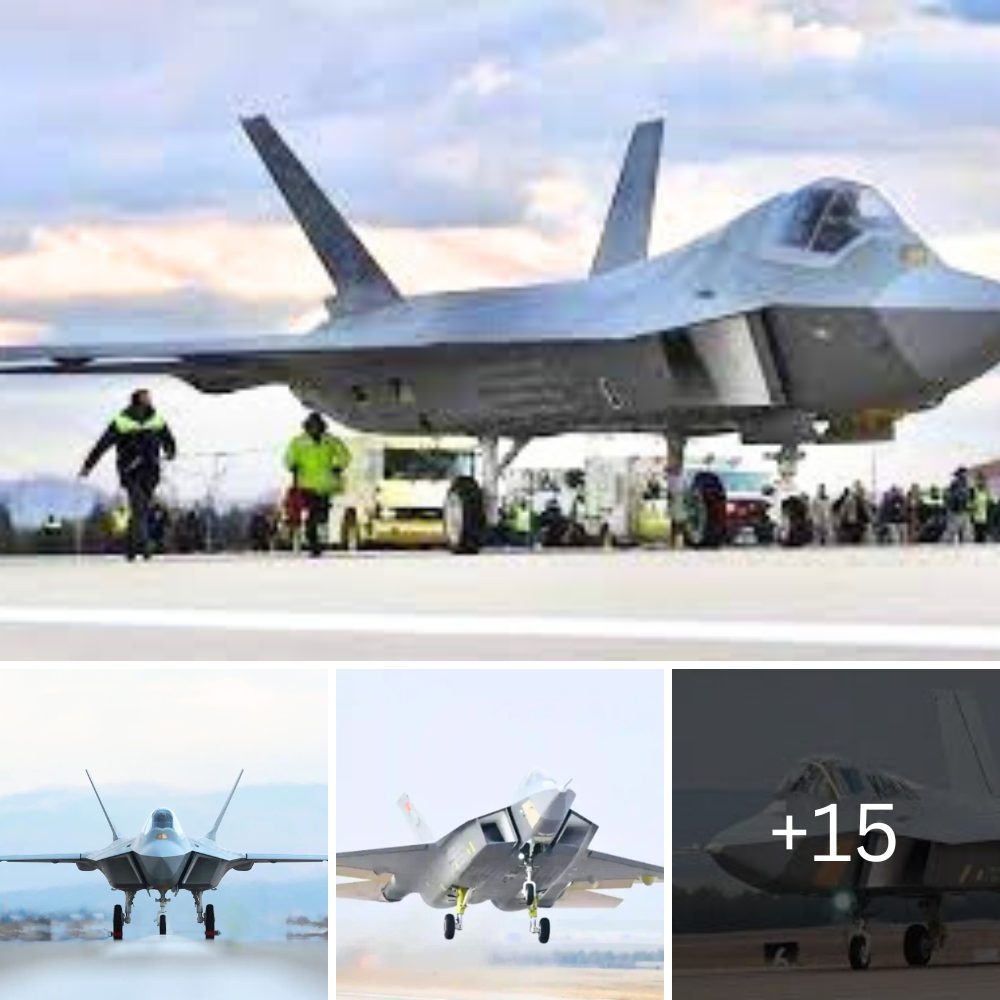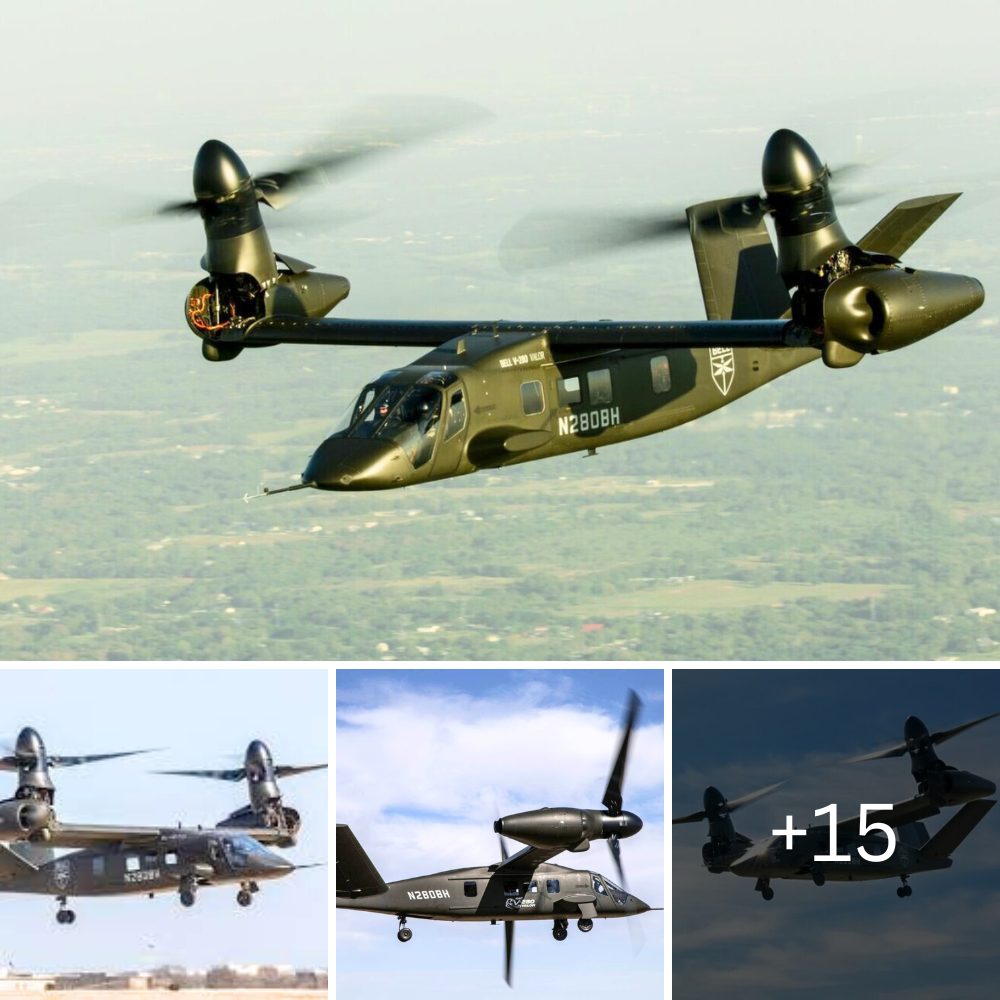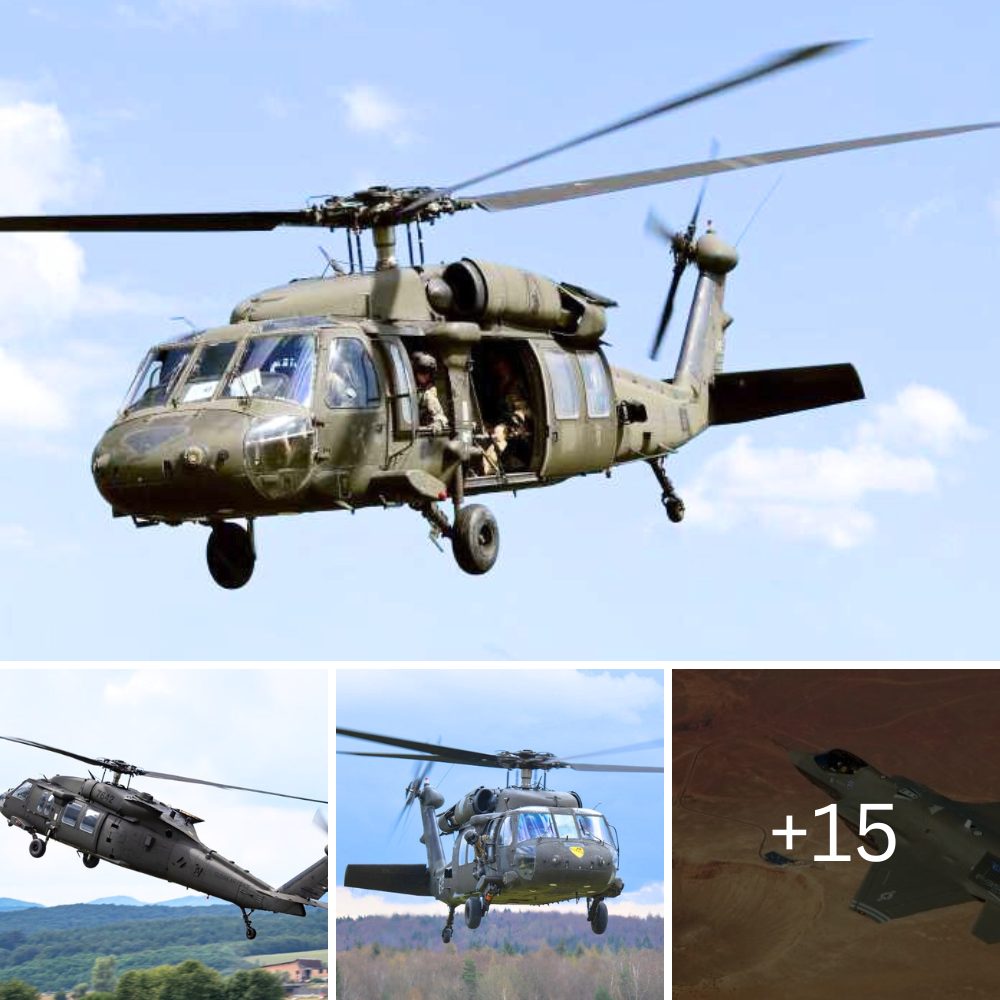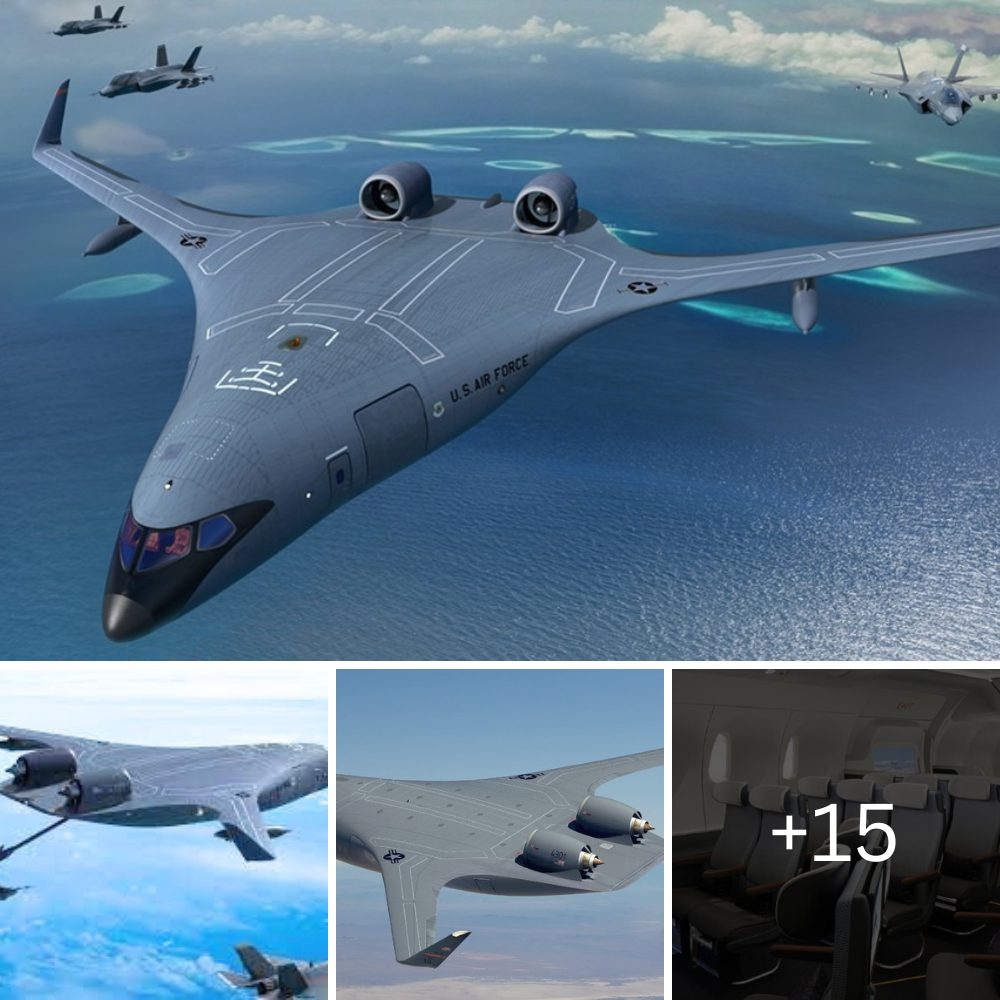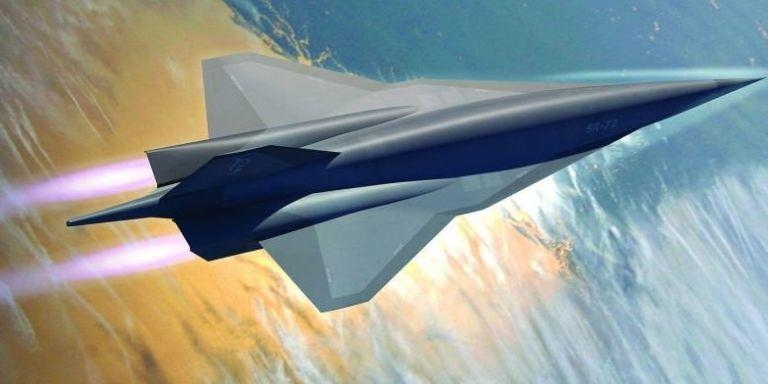
The new generation of aviation engine is expected to at least power the sixth-generation manned stealth fighter-like jet now being developed as part of the larger Next Generation Air Dominance effort, or NGAD.
As noted by the company, the NGAD family of systems is critical to “Tactical Air Dominance”, a key U.S. Air Force operational imperative to preserve our nation’s competitive advantage to deter and win. The family-of-systems networks around crewed NGAD fighter aircraft that will team with fleets of uncrewed Collaborative Combat Aircraft.
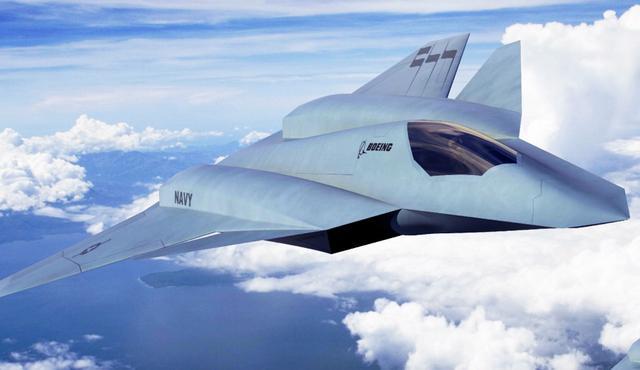
The company’s official communication in the press release affirmed that Pratt & Whitney embraced digital design from the start and completed a digital Preliminary Design Review (PDR). By completing a digital PDR, P&W has met a significant milestone that demonstrates the company’s commitment to transforming how it delivers advanced capabilities.
These advancements are pivotal in ensuring the range, sensor capability, and persistence necessary for future air dominance platforms to meet stringent operational demands.
The Adaptive Engine Transition Program (AETP) has significantly informed NGAP’s development by providing crucial insights into technology and architecture. John Sneden, Director of the Air Force Propulsion Directorate, underscored the technological convergence between AETP and NGAP, emphasizing potential adjustments and scalable adaptations between the two programs.
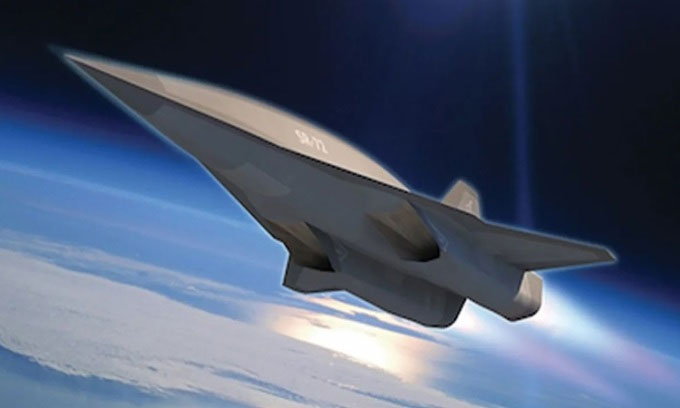
“We continue to partner with the U.S. Air Force and Life Cycle Management Center to develop critical propulsion technologies that are needed to power the next generation of fighter aircraft,” said Peter Sommerkorn, executive director of 6th Generation Programs at Pratt & Whitney. “The President’s Budget request for $595 million for NGAP, which was also supported by the congressional marks, will help to retain competition through the prototyping phase and support a healthy industrial base. The industry will continue to look to decision makers to prioritize additional adequate funding for 6th-generation propulsion development to support critical platform milestones and warfighter readiness in a timely manner.”
The company’s investments in research, development, and digital transformation have bolstered capabilities in advanced manufacturing and sustainment. Embracing digital design methodologies, Pratt & Whitney has streamlined processes, reducing lead times and enhancing efficiency. This digital-centric approach, combined with Agile methodology, signifies a paradigm shift in propulsion development, crucial for maintaining technological supremacy in advanced propulsion systems.
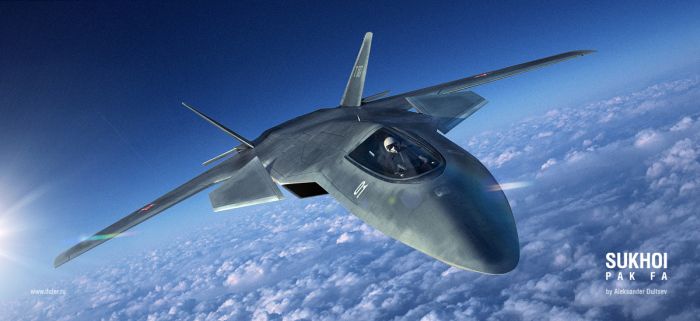
With over a decade of collaborative adaptive engine development programs with the U.S. Air Force, Pratt & Whitney remains the exclusive propulsion provider for the nation’s decisive 5th generation aircraft.
As noted by the company, leveraging this expertise, Pratt & Whitney is poised to empower the next generation of aircraft, cementing its pivotal role in propelling future air dominance.


